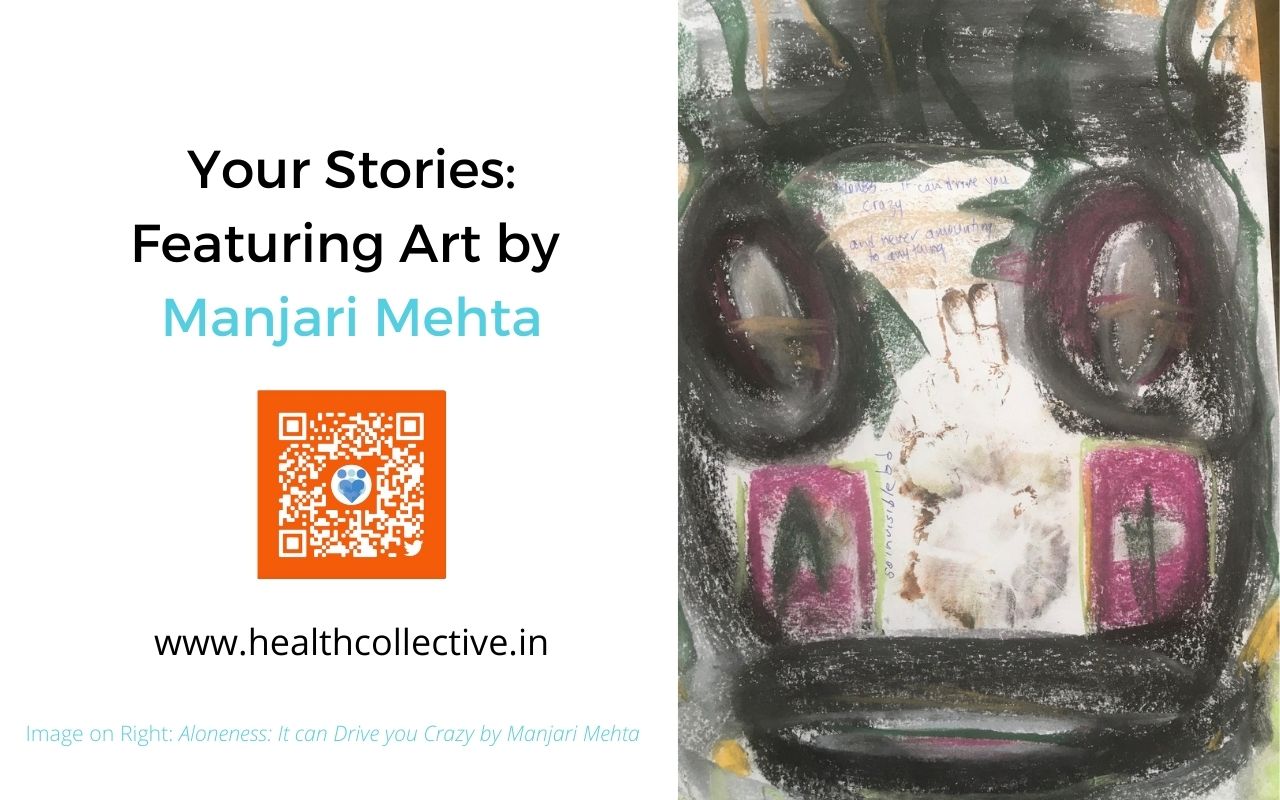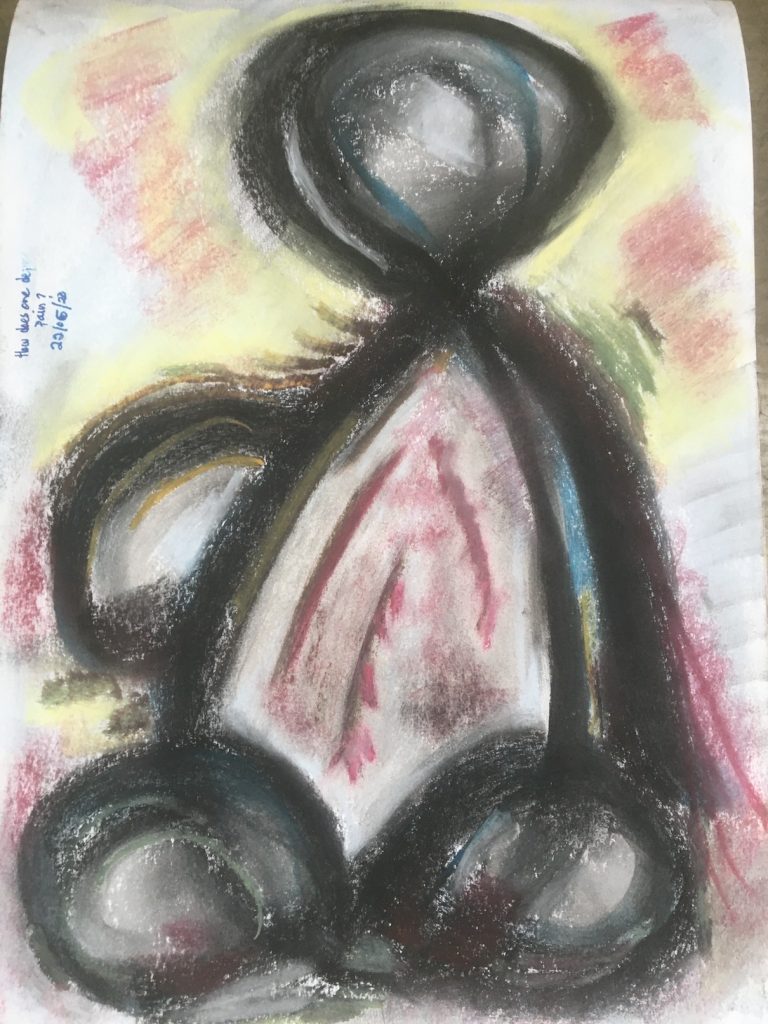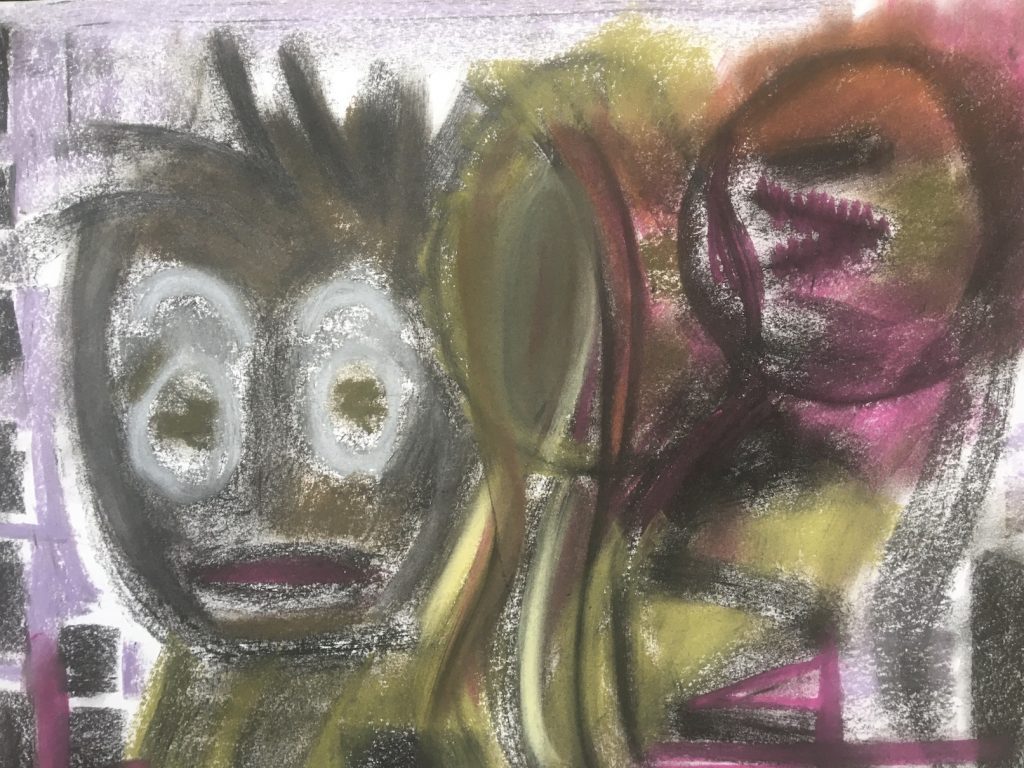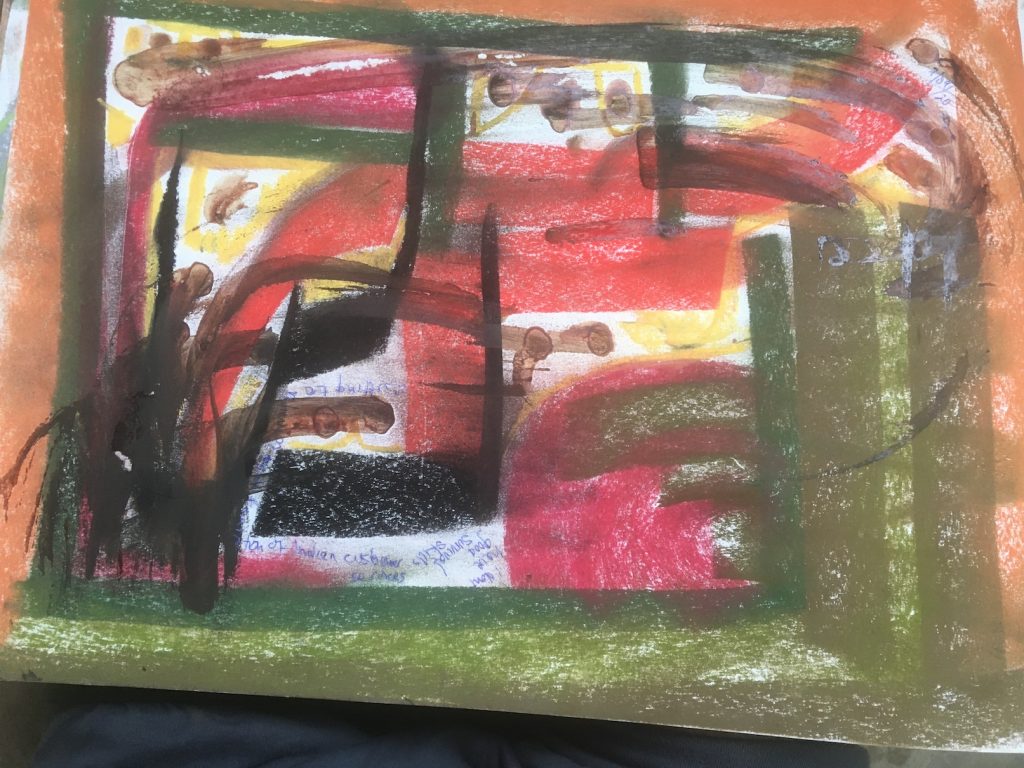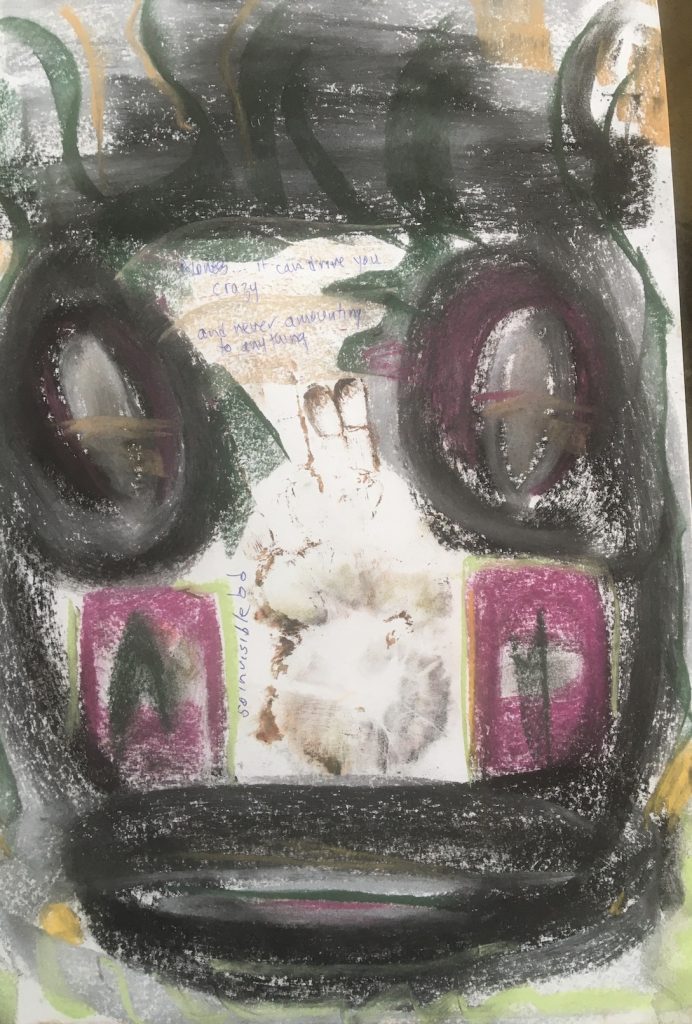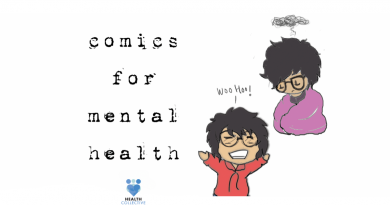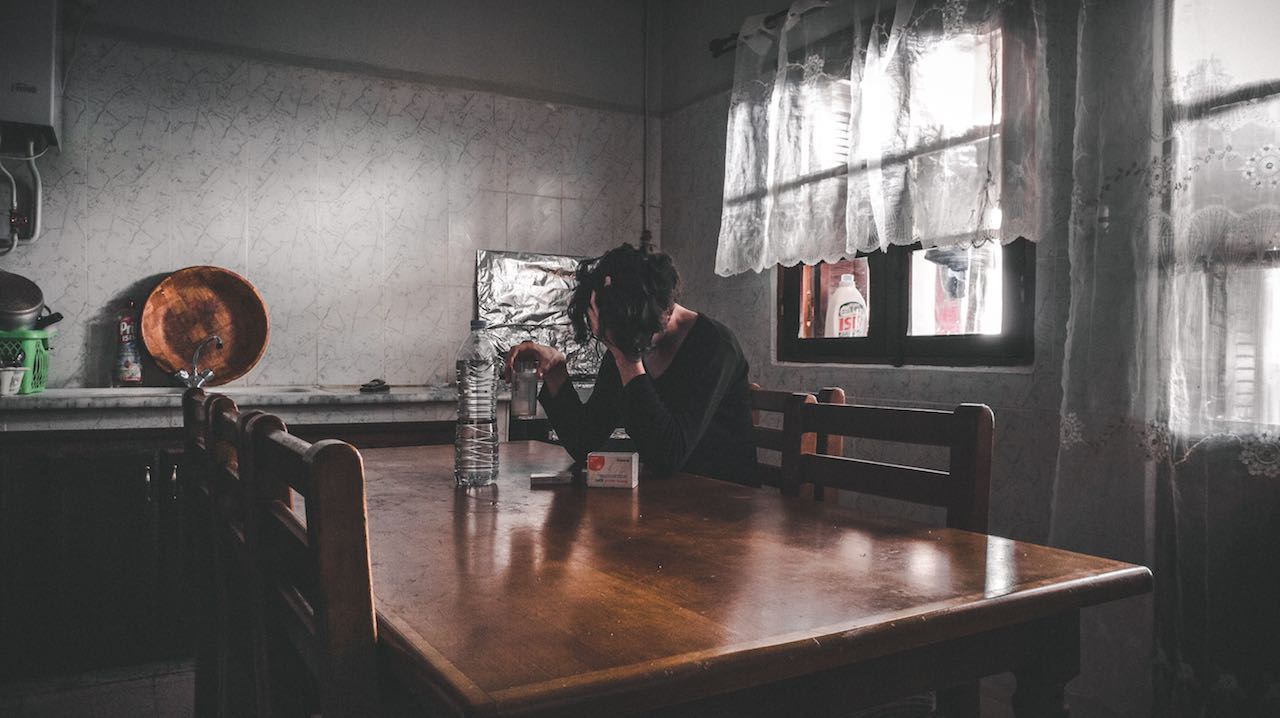Your Stories: What makes Art such a Therapeutic Tool?
Years ago in the early to mid-1990s I began painting, something I hadn’t done since my childhood. This was during an extended difficult time when my ‘natural’ medium of expression, the written word, was no longer able to capture the intensity of what I was going through. I painted dream images and turbulent inner emotional landscapes onto large sheets of paper, using acryllics paints as I crouched on the floor of my kitchen, a posture I came to realise evoked a little girl self’s love of colours. Then, for a long time, drawing fell out of my life; a time during which I traded countries and work identities.
In recent years this medium of expression has returned to my life: getting older has if anything sharpened the edges of my experiences of depression and drawing has become a means of managing the ebbs and flows of a mental health trajectory that, here in India, hasn’t found the nuanced professional support that once ‘held’ me.
Now I use soft pastels to depict the struggles of an inner self, of darkness and aloneness, of ugliness and yet a longing to be seen.
Manjari Mehta
About the Artist (in her own words): I’m a social anthropologist, lover of mountains and animals, and am at my most content when tramping across wild landscapes and mucking about in my garden. Once upon a time, in Boston, I was an academic but a paralysing fear of writing effectively closed off that path. Now I live in Dehra Dun amidst a jungle-like garden and an unruly pack of (twelve) dogs, and look forward to a time when I can once again walk these mountains and pick up the threads of research interests that focus on the changing lives of communities of the low and middle hills of Uttarakhand.
ALSO READ

